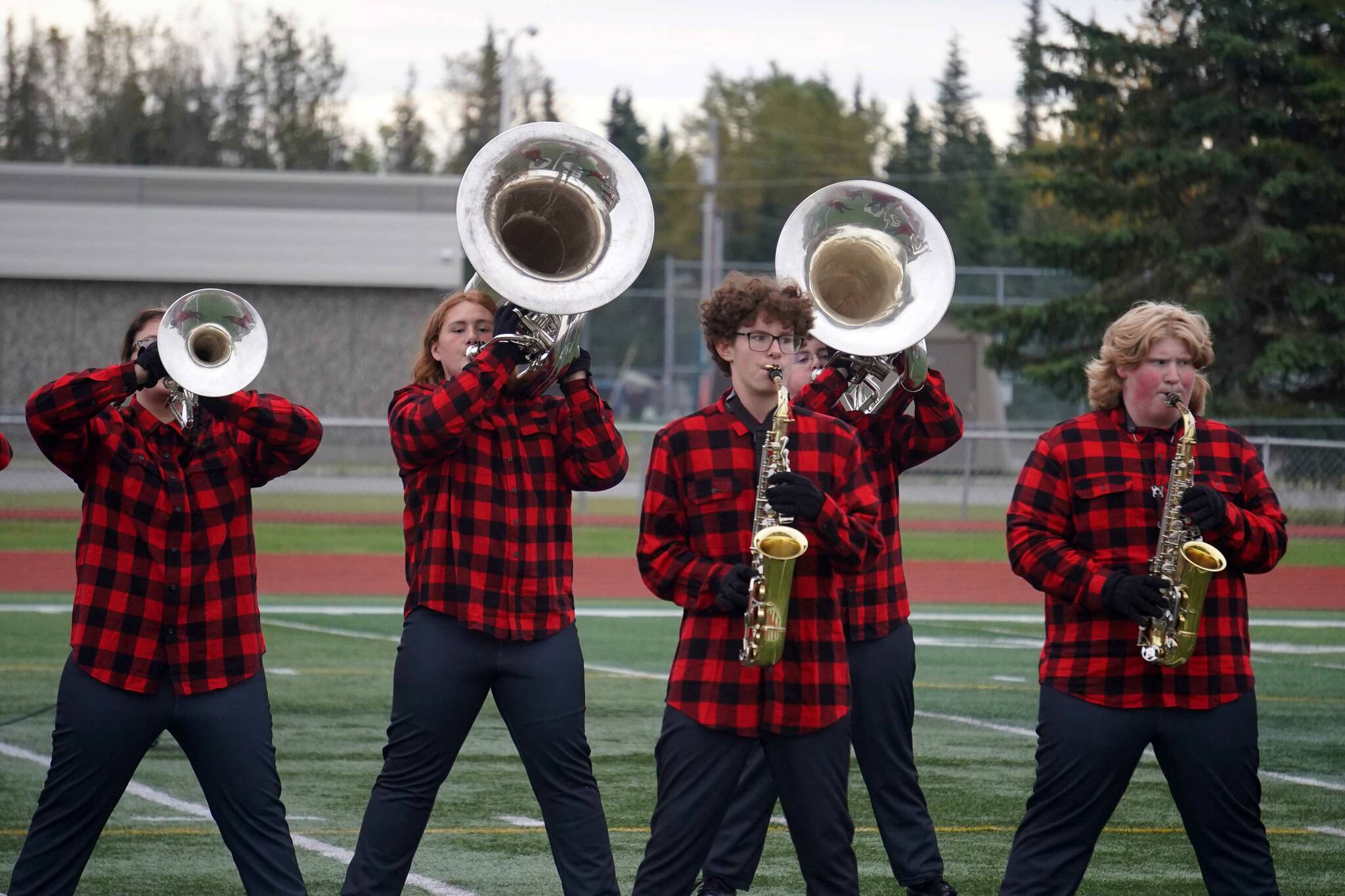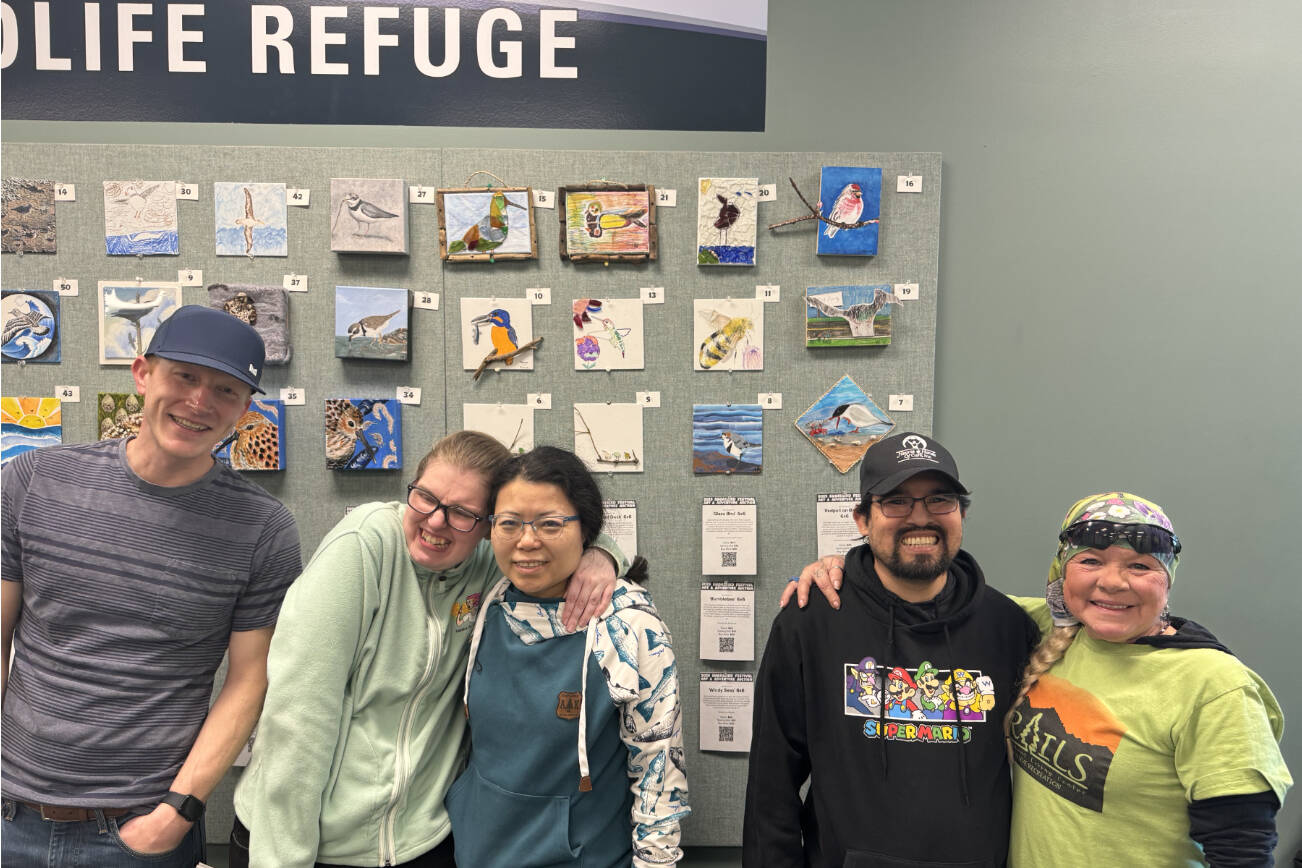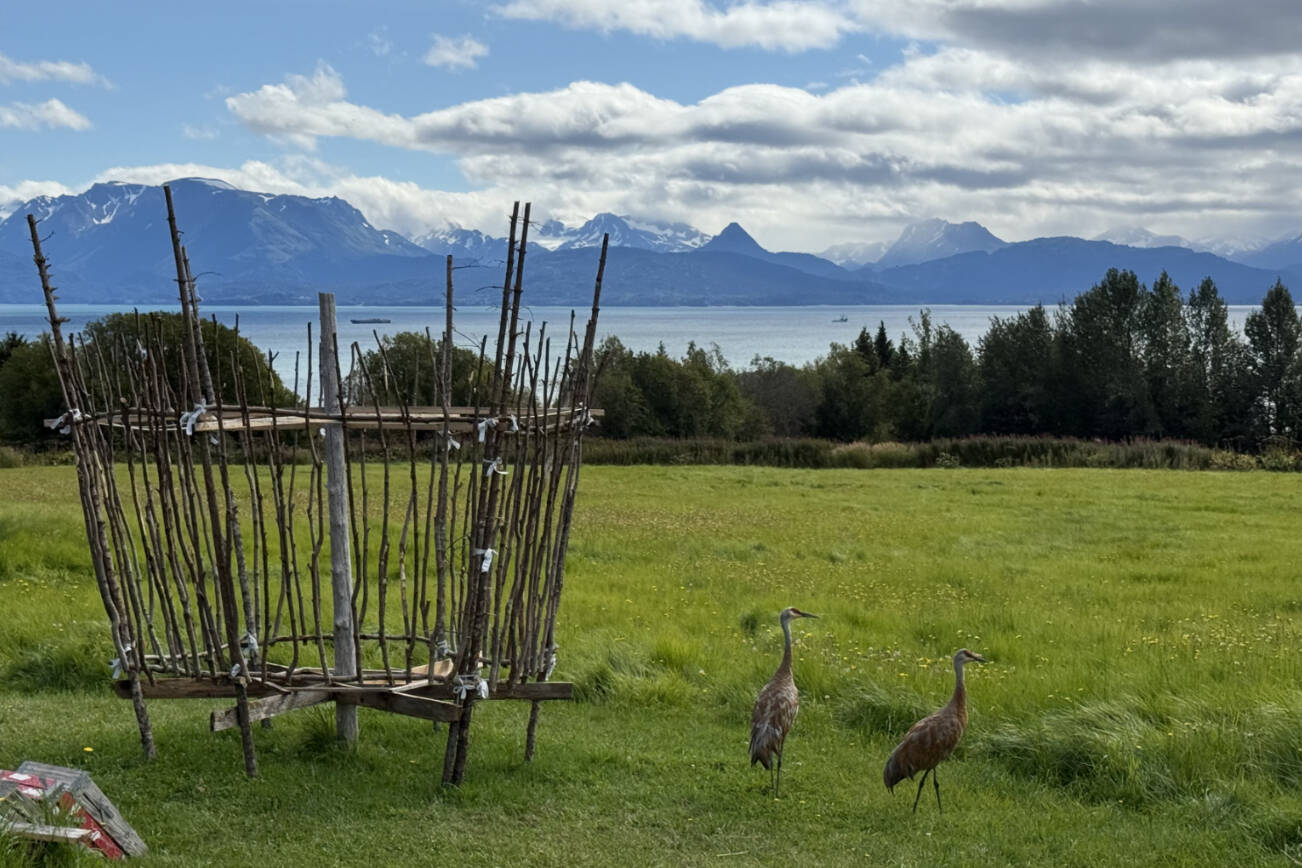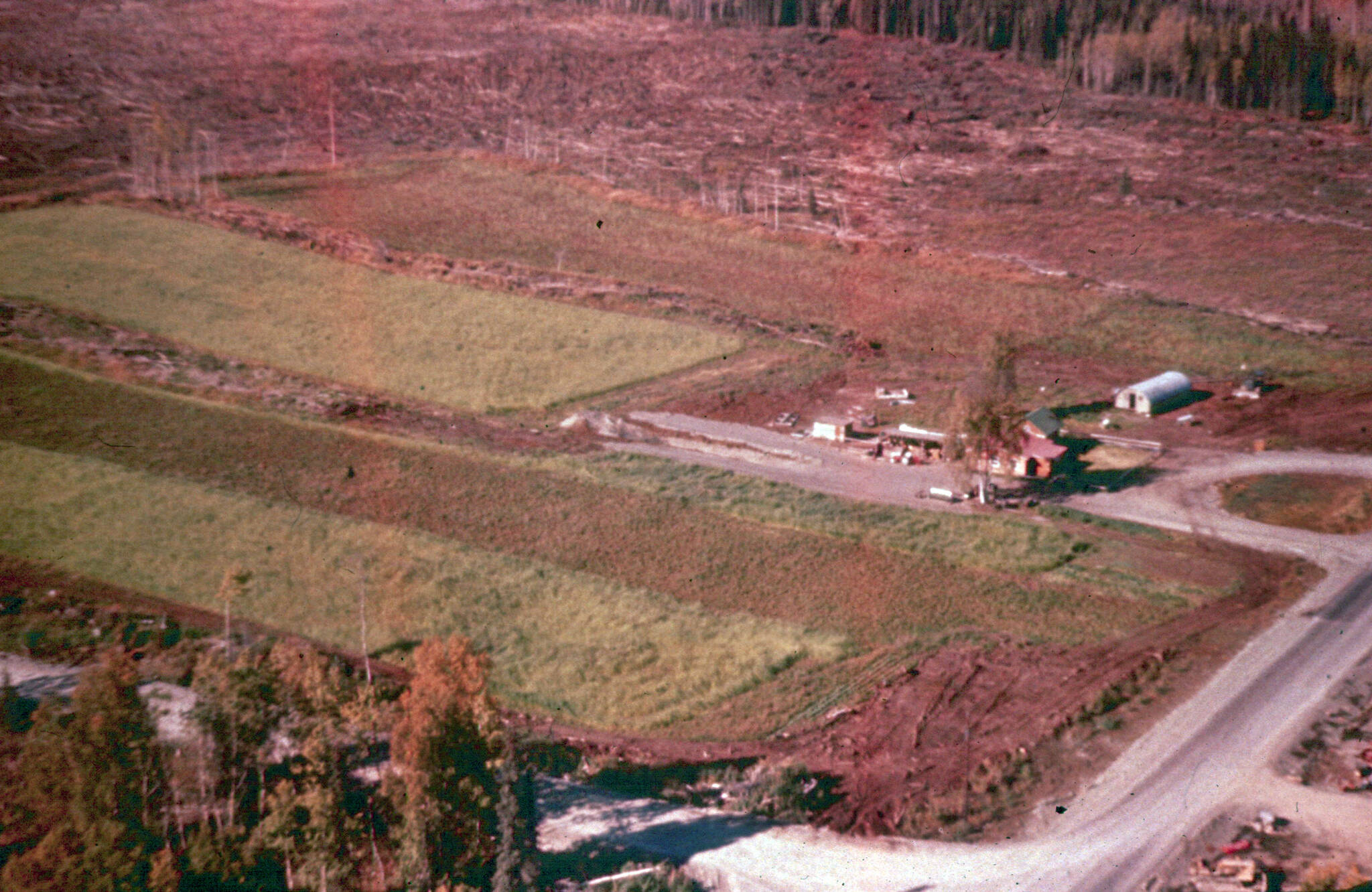Earlier this week, while mining the Internet for material to use in this column, I learned that earthworms are now considered an invasive species in Alaska.
I’d never considered it before, but earthworms aren’t native to Alaska and other places that were under glaciers during the last Ice Age. Since then, whatever plants and animals that learned to live in these places did so without help from worms.
In recent times, however, worms have been brought in from other places, including Europe and Asia, and worrisome things are happening. At least 15 species of invasive worms are now in Minnesota. At least 7 of these species have invaded the state’s hardwood forests, where they feed on fallen leaves. This “duff” is — or I should say was — habitat for ferns and wild flowers, the most obvious things that have gone missing since the worms came. Biologists believe that the soil in areas heavily infested by worms could become impacted and subject to erosion. As a result, degradation of forest productivity and fish habitat could occur.
Who’da thunk worms could be a problem? I’ve always had a fondness for worms. We had lots of them where I grew up, near the Skagit River in Western Washington. My first fish, a rainbow trout, fell for a worm dangling from a bent-pin “hook” on the end of a piece of string.
As a teenager, I gathered worms for bait at every opportunity. While weeding Mom’s flower beds, I was collecting worms. When visiting my grandparents’ farm, I dug worms behind the barn. When I needed worms quick, such as after school in late fall, I’d get them at the home of one of my fishing buddies. The kitchen sink at his house drained onto the ground, and there were always worms near that smelly outfall. I shudder now to think of what other organisms lurked there, but the place did attract worms.
As a teenager, I flirted with danger to get nightcrawlers, the king of worms. Like small snakes, “crawlers” can grow to more than 9 inches long. They can burrow more than 6 feet down. One healthy-sized crawler cut into pieces would catch several fish, so they were worth whatever effort it took to get a few.
Crawlers didn’t come easy. The best hunting is after a rain or heavy dew, when the slimy, reddish-gray beasts like to squirm to the surface to feed. We’d spot them with a flashlight, a glint of slime in the wet grass. They’d still be partly in their holes, and would start down if they detected you. Pull too hard, and they’d break, but slow, steady pressure would pull them free. The hunting was best on the well-groomed lawns of homes in the nicer part of town. I don’t know how people felt about kids prowling around outside their houses in the middle of the night, but I know how the kids felt. Scared.
Anyhow, while studying up on worms, I came across a column in the Clarion (Aug. 6, 2010) that said earthworms have invaded the Kenai Peninsula. The author, Kenai National Wildlife Refuge biologist Matt Bowser, wrote that octagonal-tailed worms are already so well distributed on the Kenai Peninsula that “their eventual colonization of the peninsula’s forests seems inevitable.”
Worms arrive in Alaska by several means. Worm cocoons can lodge in vehicle tires. Worms and their cocoons can occupy potted plants, garden soil and compost, all of which gets moved. Worms intentionally are put in gardens and worm “farms.” Anglers buy live worms, then throw out the ones they don’t use, and some survive.
Bowser says, “To prevent the spread of red marsh worms, nightcrawlers, and other exotic worms, I would recommend that live worms should not be used as bait and should not be dumped out on the ground.”
Alaska has been ambivalent about the worm invasion. Under present Alaska regulations, live fish may not be used as bait for sport fishing in fresh water, but the law says nothing about live worms, which are readily available in stores and online. On one hand, the Department of Fish and Game includes worms in a list of ways to catch trout and Dolly Varden. On the other hand, the agency’s website states: “Invasive species can change ecosystems by altering habitat composition, increasing wildfire risk, competing with native species for food and territory, changing existing predator/prey relationships, reducing productivity, or otherwise disrupting natural habitat functions. In doing so, invasive species pose one of the greatest threats to biological diversity.”
The state needs to get over its wishy-washiness about worms. If they’re a proven threat, it should be illegal to buy, possess or import them. Let’s make it happen, legislators.
It’s not that worms are the only bait. I’m willing to confine my use of them to stories of my youth. By the way, did I ever tell you about the time my brother and I almost won a Darwin Award by making a “worm getter” out of a wire coat hanger and an extension cord?
Les Palmer can be reached at les.palmer@rocketmail.com.











